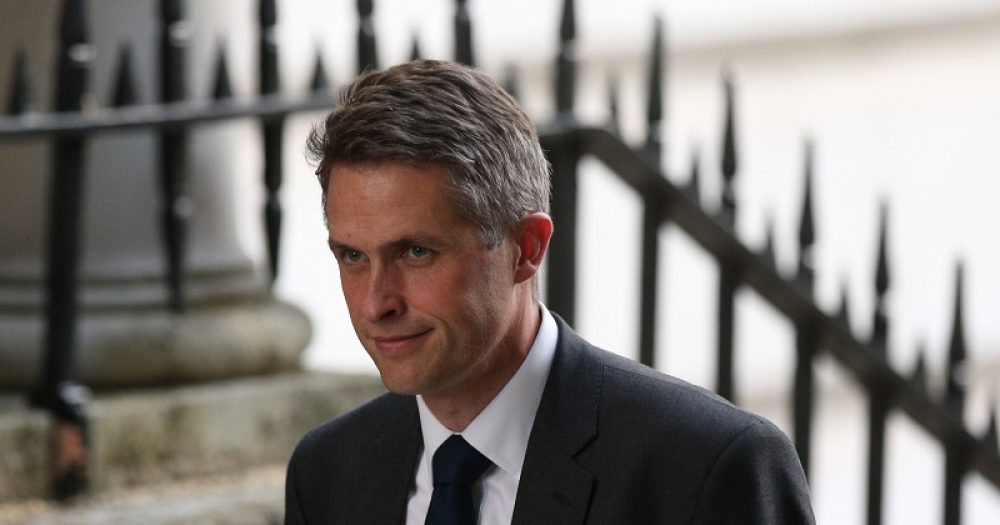New Institutes of Technology (IoTs) will require greater collaboration between colleges and set more ambitious student recruitment targets, FE Week can reveal.
A bidding process for wave two, to open a further eight IoTs, on top of the 12 existing institutes, was launched by education secretary Gavin Williamson (pictured) last week with the backing of £120 million.
The goal is to ensure every area of the country has an IoT, after FE Week revealed that wave one had left a number of cold spots. The Department for Education plans to announce winners of the current twostage procurement in summer 2021, with the rollout of the successful bids to get under way that autumn.
Tender documents, not available in the public domain but obtained by this publication, show that eligibility criteria have been bolstered this time round.
One of the most notable changes is that all bids must now have at least two FE and three employer “core” partners, along with one university. Wave one applications only required one FE provider and two employers to be what the DfE then called “anchor” partners.
Four successful bids in wave one involved only one FE partner. These were bids led by: Barking and Dagenham College; Dudley College; HCUC (Harrow College and Uxbridge College); and Queen Mary University of London.
Student number targets have also been increased, from a goal of achieving 1,000 learners by the end of the fifth academic year for wave one IoTs, to 1,500 for wave two. Last week, FE Week revealed that Covid-19 was being blamed for recruitment concerns among wave one IoTs.
Other changes to eligibility criteria include setting a target of 85 per cent of provision at level 4 and above by the end of year five of each IoT’s operation (up from 80 per cent in wave one), and only allowing bids from areas of the country that do not currently have an IoT.
As with wave one, each FE core partner must be rated at least ‘good’ by Ofsted, and they will also need to meet the DfE’s definition of being “financially credible” – which will be detailed in stage two of the bidding process.
A DfE spokesperson confirmed that the eligibility requirements “have been strengthened” and developed “based on the typical wave one IoT performance and wider lessons learnt”.
“We have developed the guidance in close consultation with the sector, including the eligibility conditions,” the spokesperson added. “They have raised no significant concerns around meeting the wave two eligibility conditions.”
Julian Gravatt, deputy chief executive at the Association of Colleges, said it is “too early to tell” if these additional requirements will cause a problem.
He told FE Week: “Colleges have made a good start with the first wave of IoTs but the DfE requirements were already quite complicated and this contributed to the long period of time between the invitations to bid in 2018 and the launch in 2020.
“It’s too early to say that these additional requirements are a problem, particularly as the latest prospectus provides more detail on other issues, but let’s hope that the DfE can stick to the newer timetable to get the wave two institutes up and running by 2021/22.”
IoTs are a flagship government programme. They involve collaboration between colleges, universities and employers, and specialise in delivering higher level technical training at level 4 and 5 in STEM subjects, including digital, advanced manufacturing and engineering.
The decision to open up a further eight was announced at the Conservative Party conference last year after FE Week revealed geographical issues with the first 12 IoTs – there were none planned for the north-west and the east of England.
Bids for wave two will only be open to parts of the country without an IoT, including the north-west, Midlands, east of England and parts of the south-east.
The deadline for applications is noon on December 14, 2020.









Your thoughts